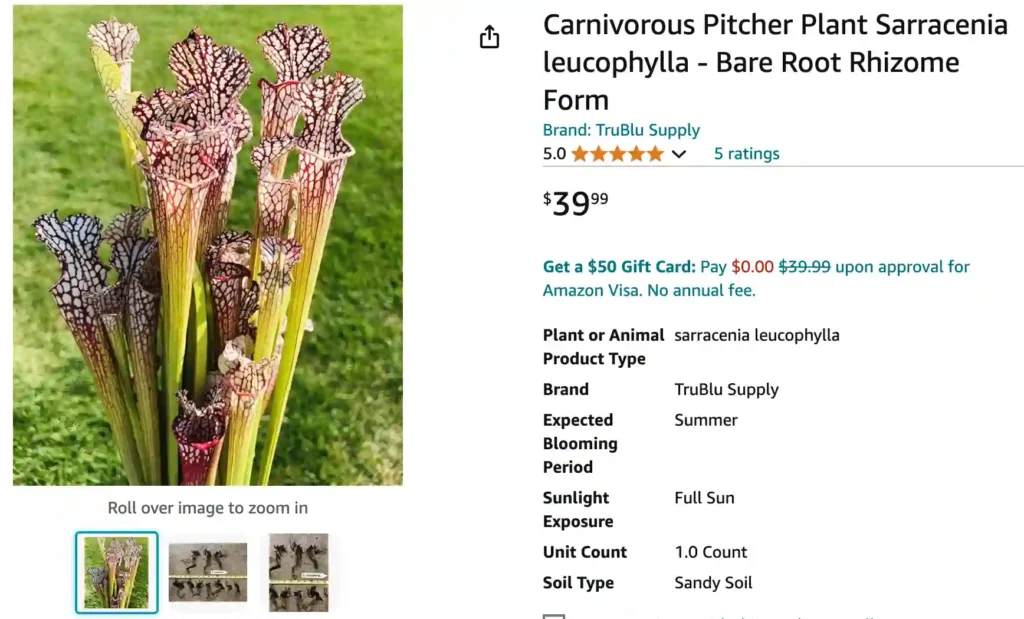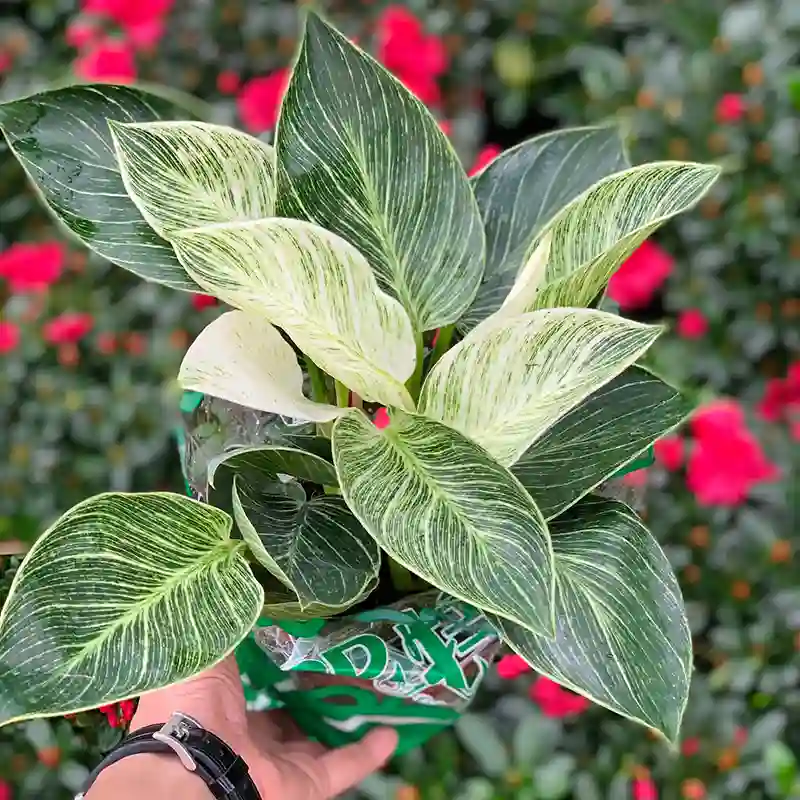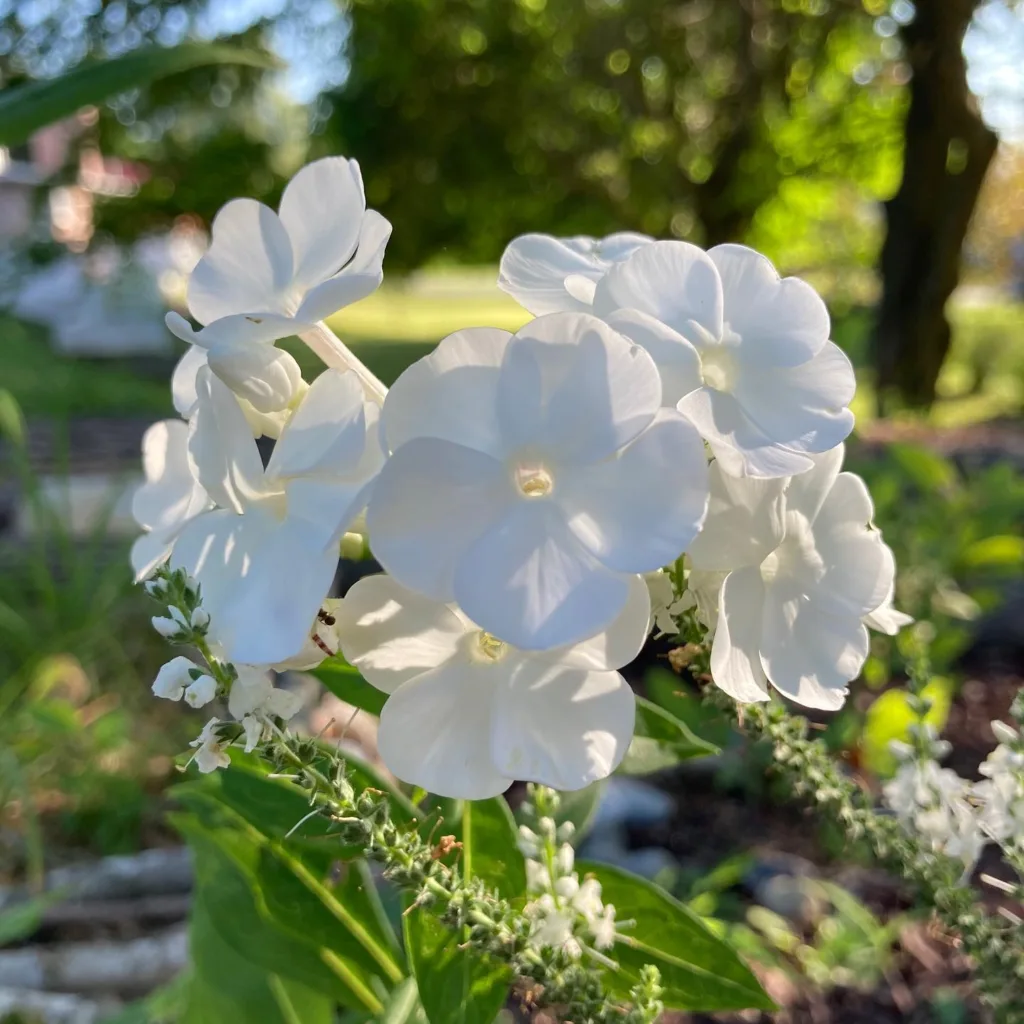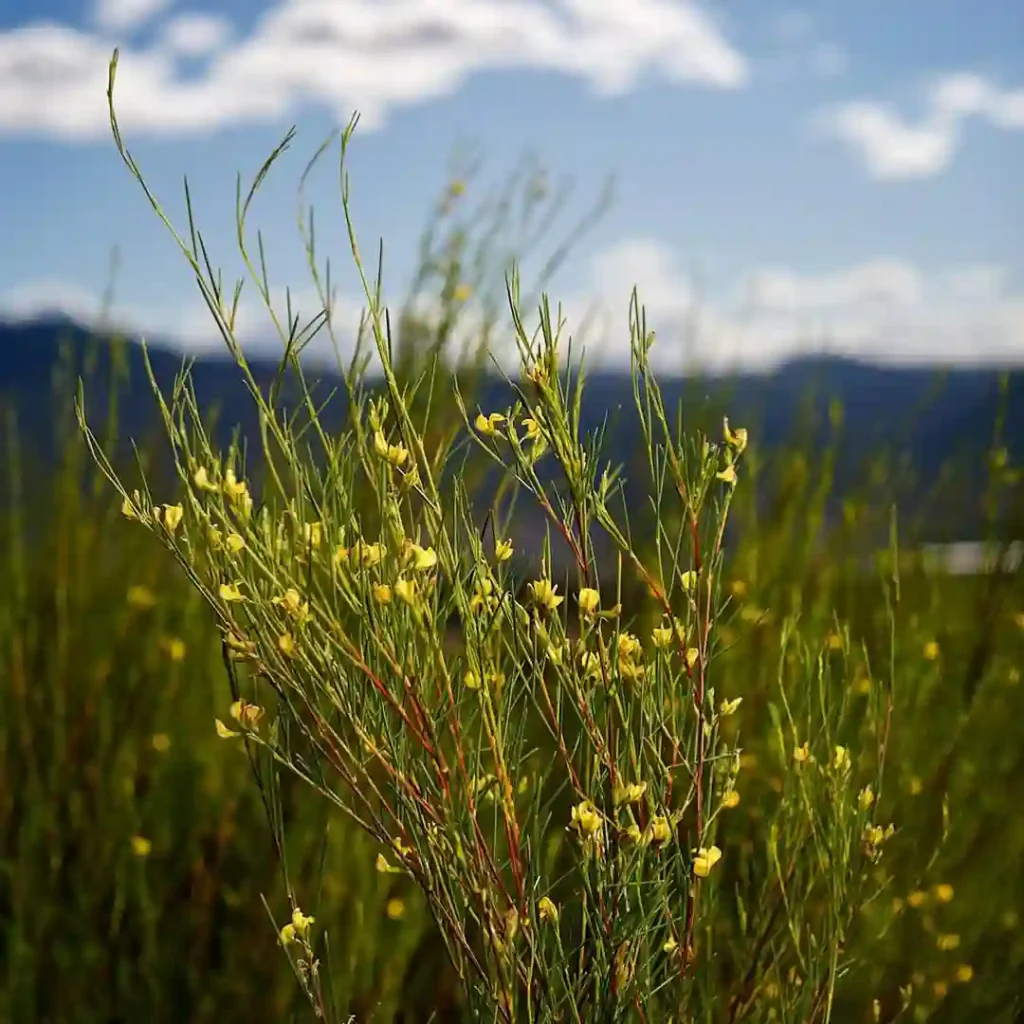
The Allure of the White Trumpet: Your Sarracenia Leucophylla FAQ
Hi there, Ferb Vu here, and I’m a passionate carnivorous plant enthusiast. Today, we’re diving deep into the fascinating world of the Sarracenia leucophylla, also known as the White Trumpet Pitcher Plant or Crimson Pitcher Plant. This beauty is a carnivorous wonder, native to the southeastern United States, and a captivating addition to any collection.
32 Species in Genus Sarracenia
What is a Sarracenia Leucophylla?
The Sarracenia leucophylla is a herbaceous perennial, meaning it dies back in winter but returns year after year. Unlike its flashier cousins, the Venus Flytrap or Cobra Lily, the Leucophylla captures prey using tubular “pitchers” formed from modified leaves. These vibrant red and white wonders lure insects in with their sweet nectar scent and colorful markings. Once an unsuspecting bug enters, it finds itself trapped by downward-pointing hairs and a slippery surface. Digestive enzymes then break down the prey, providing the plant with vital nutrients lacking in its boggy habitat.
What makes the Leucophylla special?
The Leucophylla boasts several unique features:
- Stunning Bicolor Pitchers: Unlike most Sarracenia, the Leucophylla’s pitchers showcase a mesmerizing contrast. The lower half is a deep crimson, while the upper portion transforms into a beautiful white with striking red veins. This color scheme not only attracts prey but also reflects sunlight, preventing the pitcher from overheating.
- Double Trapping Season: This plant offers a bonus for patient growers. Unlike many pitcher plants, the Leucophylla produces traps in both spring and fall. You’ll get a show of vibrant red pitchers in spring, followed by a spectacular display of larger, more colorful traps in the fall.
How do I care for my Sarracenia Leucophylla?
Taking care of your Leucophylla is relatively straightforward, as long as you mimic its natural boggy environment. Here’s what you need to know:
- Light: Full sun is ideal. Aim for at least 6-8 hours of direct sunlight daily.
- Water: Keep the soil consistently moist. Use rainwater, distilled water, or reverse osmosis water to avoid mineral build-up.
- Soil: Plant your Leucophylla in a well-draining, acidic potting mix specifically formulated for carnivorous plants.
- Feeding: While your Leucophylla can capture prey on its own, occasional feeding with bloodworms or freeze-dried insects can provide a boost, especially during the growing season. Avoid overfeeding, as this can harm the plant.
Is the Leucophylla difficult to grow?
The Leucophylla is considered moderately easy to grow for beginners. As long as you provide the right light, water, and soil conditions, you should be rewarded with a healthy and thriving plant.
Leucophylla vs. Other Pitcher Plants:
Curious how the Leucophylla compares to other popular pitcher plants? Here’s a quick breakdown:
- Nepenthes: Compared to the tropical Nepenthes, the Leucophylla is much easier to cultivate indoors.
- Cephalotus follicularis (Albany Pitcher Plant): Both are bog plants with fascinating traps, but the Leucophylla offers a more vibrant display of colors.
- Sarracenia purpurea (Purple Pitcher Plant): A close relative, the purpurea features all-red pitchers and blooms earlier in the season.
Where can I buy a Sarracenia Leucophylla?
Many reputable carnivorous plant nurseries and online retailers offer Sarracenia leucophylla. Look for a healthy plant with well-formed pitchers and vibrant colors.
Final Thoughts
The Sarracenia leucophylla is a captivating carnivorous plant that combines beauty with a fascinating predatory strategy. With its stunning bicolor pitchers and double trapping season, it’s sure to be a conversation starter in your home. So, if you’re looking for a unique and rewarding plant to add to your collection, consider the White Trumpet Pitcher Plant. With proper care, you can enjoy this carnivorous wonder for years to come.
If i die, water my plants!



